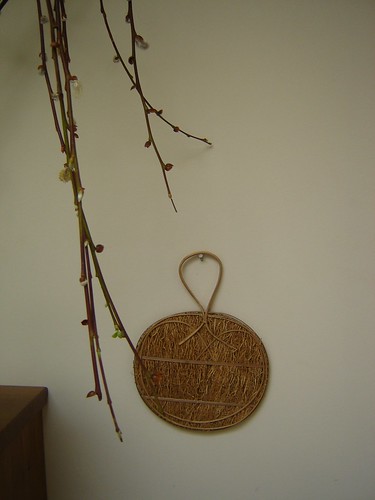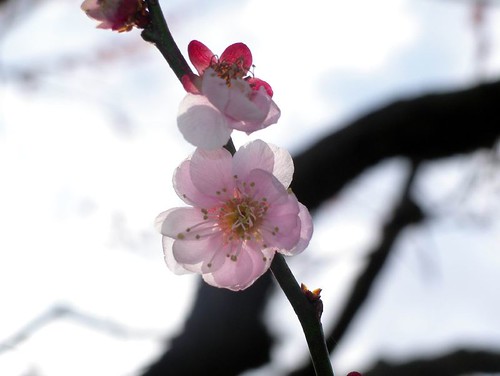Sel de Vetiver
 The concept of using minerals as a theme in perfume is relatively new. Although there are distinct mineral notes in perfumes such as Aqua Allegoria Pampeloune (Sulfur) and l’Eau d’Issey (Chlorine), the mineral presence in these fragrances was kept hush-hush only to be noticed by the keen noses; Yet the Elena family seems to be taking this concept into a whole different direction, spearheading the elemental or mineral movement in perfumery, with Sel de Vetiver by Celine Elena (Salt) and Terre d’Hermes by Jean-Claude Elena (Flint) and in general by their minimalist approach that is more mineral than organic.
The concept of using minerals as a theme in perfume is relatively new. Although there are distinct mineral notes in perfumes such as Aqua Allegoria Pampeloune (Sulfur) and l’Eau d’Issey (Chlorine), the mineral presence in these fragrances was kept hush-hush only to be noticed by the keen noses; Yet the Elena family seems to be taking this concept into a whole different direction, spearheading the elemental or mineral movement in perfumery, with Sel de Vetiver by Celine Elena (Salt) and Terre d’Hermes by Jean-Claude Elena (Flint) and in general by their minimalist approach that is more mineral than organic.Sel de Vetiver (Vetiver Salt) from The Different Company meant to evoke the barely-there scent of ocean salt on a sun warmed skin. Although I can understand the salty reference and association with vetiver, warm it is not. Rather, it’s a cool, dusty vetiver with a clean earthy presence. It may recall the gritty, ground-sea-shells sand, salt sticking to driftwood and the rough dryness of skin that was soaked and masked with mud, salt and sulfur for too long. But it does not quite smell like salt or skin.

Sel de Vetiver opens with an astringent, clean accord of grapefruit, ginger and a hint of cardamom that reminds me roasted dark coffee more than the spice itself. I can smell hints of ylang ylang, but they are not obvious at all, being rather heady and fleeting. Other notes that are mentioned are orris and geranium, but I can’t say I was aware of their presence at any given point. Vetiver and refined patchouli (smells more like a patchouli isolate rather than the full-bodied oil) step in pretty fast and dominate Sel de Vetiver for most of its life on the skin – the sweet, clean scent of these two earthy essences combined.
Top notes: Grapefruit, Ginger, Cardamom
Heart notes: Ylang Ylang, Geranium Bourbon, Orris
Base notes: Vetiver, Patchouli





